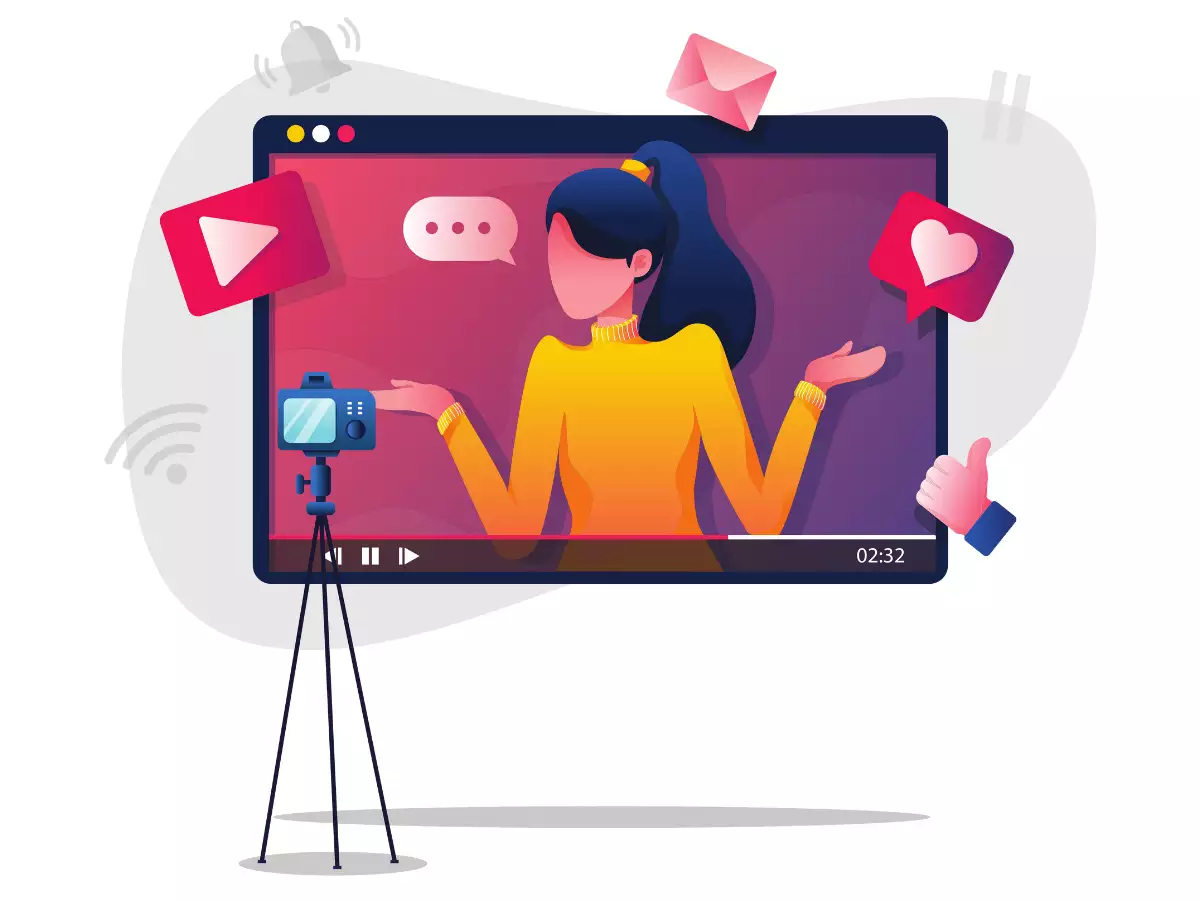10 Big Mistakes Brands Make In Their Influencer Marketing Strategy

Traditionally, consumers trust word-of-mouth referrals and recommendations from people they know over brands’ marketing and advertising efforts. With the rise of online influencers, the WOM concept has morphed into a many-to-one method of communication in digital marketplaces, and partnering with the right influencer for marketing can be an effective method of reaching highly targeted niche audiences.
To see the best results, however, brands must know what an influencer’s social media landscape looks like and what their own goals are with a partnership before diving into one. Below, 10 members of Forbes Agency Council discuss some big mistakes brands make in the process of setting up their influencer marketing strategy. Read on to learn about potential pitfalls and missteps to avoid when creating a strategy to reach audiences with the help of an influencer.
1. Only Reaching For Tried-And-True Partners
Brands can get into hot water if they only reach for tried-and-true partners. Consumers are savvy and want their brands to be current. Diversity is an area that marketing leaders must embrace or risk losing out on their true audience. - Christine Faulhaber, Faulhaber Communications
2. Choosing Influencers Who Can’t Deliver The Right Audience
The most common mistake among brands is choosing influencers who won’t deliver the necessary target audience. Before including a specific opinion leader in their influencer marketing strategy, I would recommend brands to check out the demographics of an influencer’s subscribers, manually examine the way they communicate with the audience and confirm the brand safety of the influencer. - Michael Kuzminov, HypeFactory
3. Not Vetting Influencers As You Would Job Candidates
While checking an influencer’s followers to ensure that they’re real is important, you must take time to understand what the influencers you’re pairing brands with stand for. How do they interact with their followers? Make sure the alignment is there. Think of selecting influencers as you would vetting candidates for positions at your agency. Get to know them on a deep level to avoid disappointment down the road. - Mary Ann O’Brien, OBI Creative
Forbes Agency Council is an invitation-only community for executives in successful public relations, media strategy, creative and advertising agencies. Do I qualify?
4. Pouring Money Into Big-Name Influencers
I’ve seen large brands pour money into big-name influencers only to see small or no returns due to the fact that celebrity sponsorships are too common and diluted. I recommend that brands focus on micro-influencers who can have a larger impact on more niche audiences by creating an authentic connection with their online communities. - Brooke Weller, REQ
5. Believing That All ‘Influencers’ Have Influence
The biggest mistake is believing that all “influencers” have influence. Their following and engagement does not guarantee your ROI. The best influencers are often micro-influencers because they are actively engaged and involved in building their own communities. When you find the right influencer, also make sure to collaboratively create a unique campaign so that it results in brand stickiness or real-time responses and clicks. - Monica Alvarez-Mitchell, Pulse Creative, LLC
6. Giving Creators Overly Restrictive Content Briefs
Not giving an influencer enough freedom to create content that speaks to their audience is a big mistake. Let’s face it, everyone is sick and tired of content that looks like an ad. Way too often, we see brands that provide a content brief that is too restrictive for creators, causing the content to seem forced or not genuine. When working with creators, make sure you listen, as they do know their audience best. - Anastasia Cecchetto, Ace Influencers
7. Not Doing Your Research To Establish A Great Foundation
Brands need to always do their research on each influencer they work with before they reach out. Coming into an influencer agreement with knowledge of the influencer will show the influencer you did your research and give you more confidence in securing the partnership. Yes, this takes more time, but if you are wanting advocates for your brand, establishing a great foundation right off the bat is key. - Marilyn Cowley, PREM - PR & Social
8. Not Fully Vetting Potential Influencers’ Messaging
Finding the right influencers for the industry by properly vetting potential influencers is tremendously important. Does their messaging align with yours? Even if it seems perfect on the surface, do some investigating into past posts, activities and sponsorships. Investing time in research and asking the social media team for help will go a long way. - Nataliya Andreychuk, Viseven
9. Not Agreeing Upon Concrete Deliverables In Advance
Not agreeing upon concrete deliverables in advance of starting a campaign can confuse expectations and muddy the relationship. Make sure that your brand and the influencer are on the same page, and then outline those terms in a binding agreement for all parties to review and sign. - Bernard May, National Positions
10. Trying To Micromanage Every Aspect Of Content Creation
Expecting to micromanage every aspect of the content creation process is a big mistake brands make. By taking away an influencer’s autonomy to connect with their audience in their own time-tested ways, you’re risking the success of your campaign. Striking the right balance between providing guidance and allowing creative freedom is crucial. Give them room to leverage their content expertise. - Ismael El Qudsi, SocialPubli
